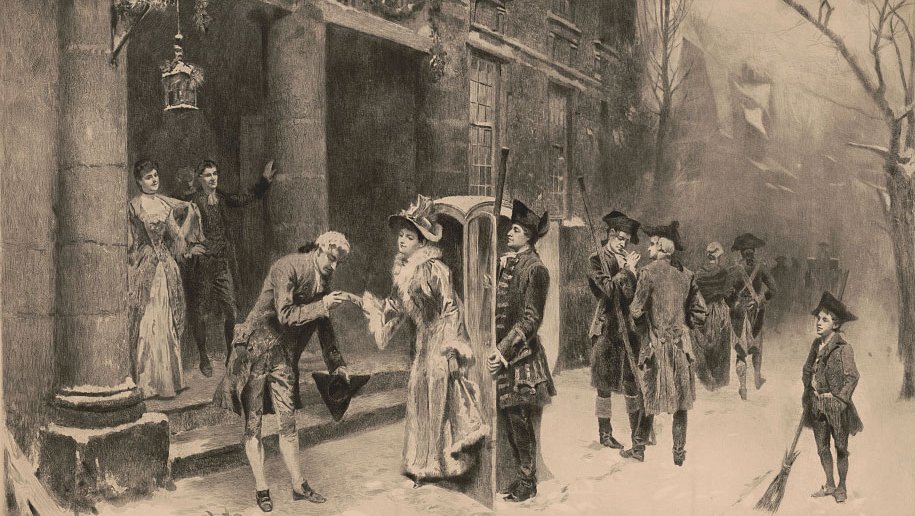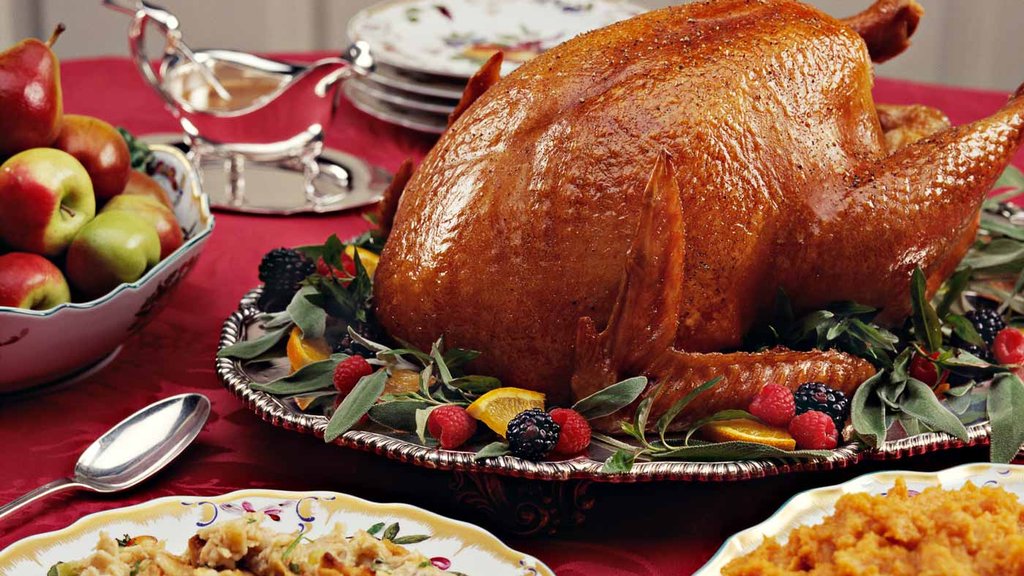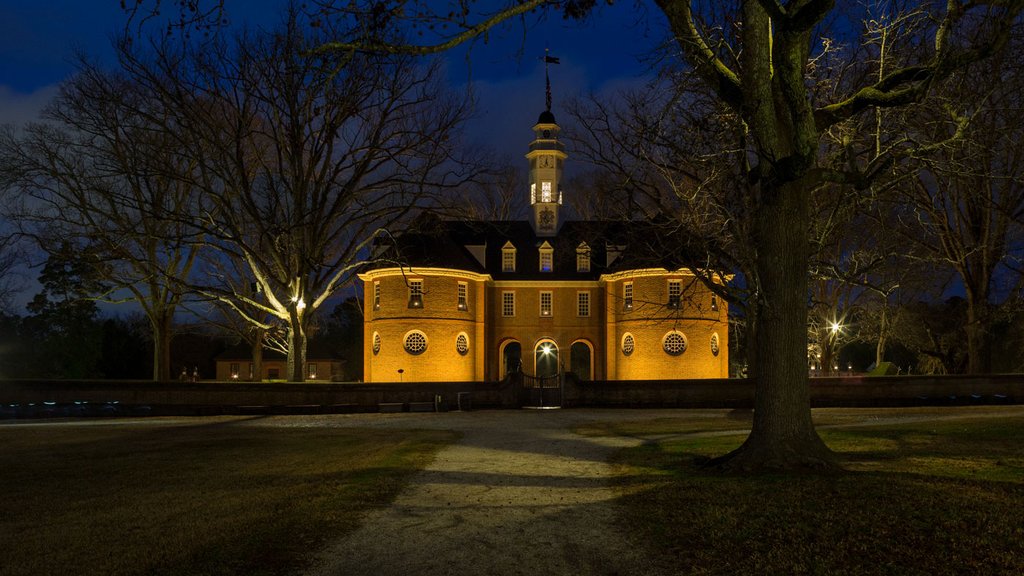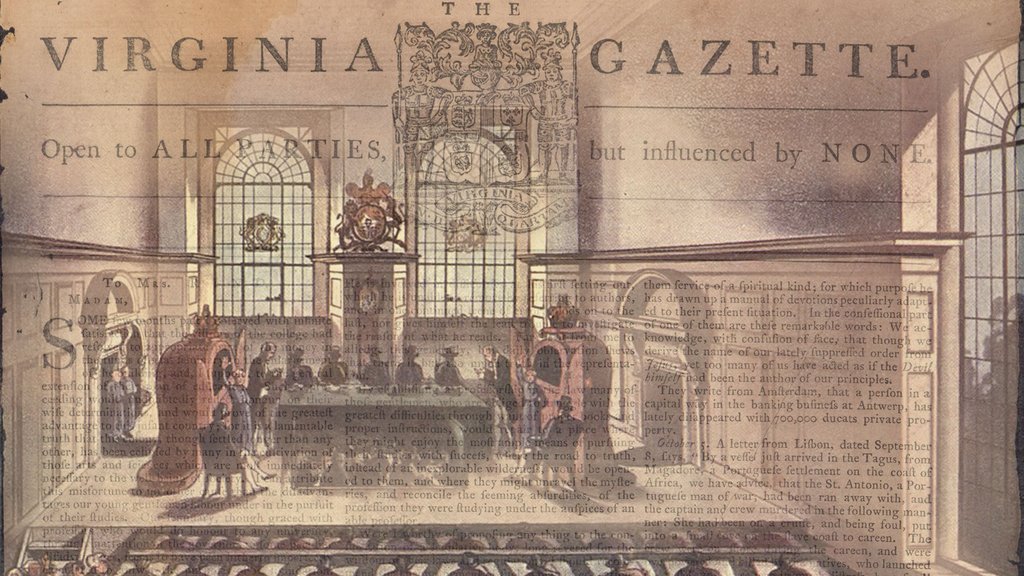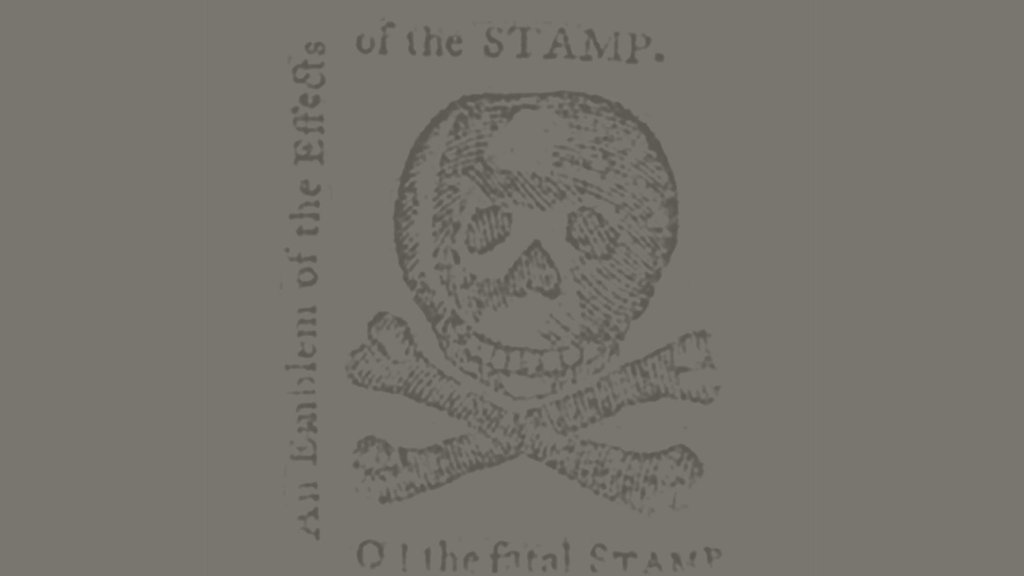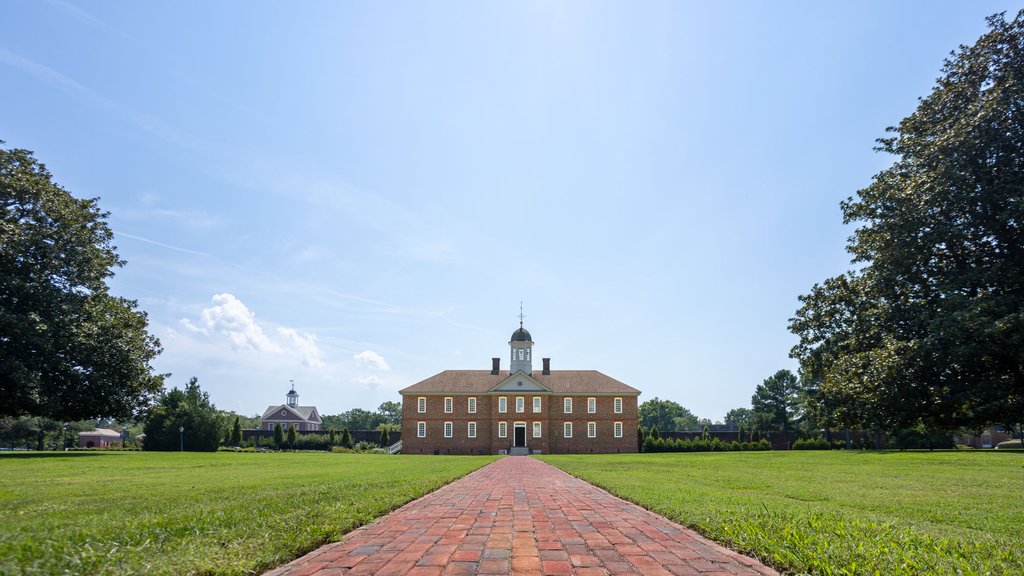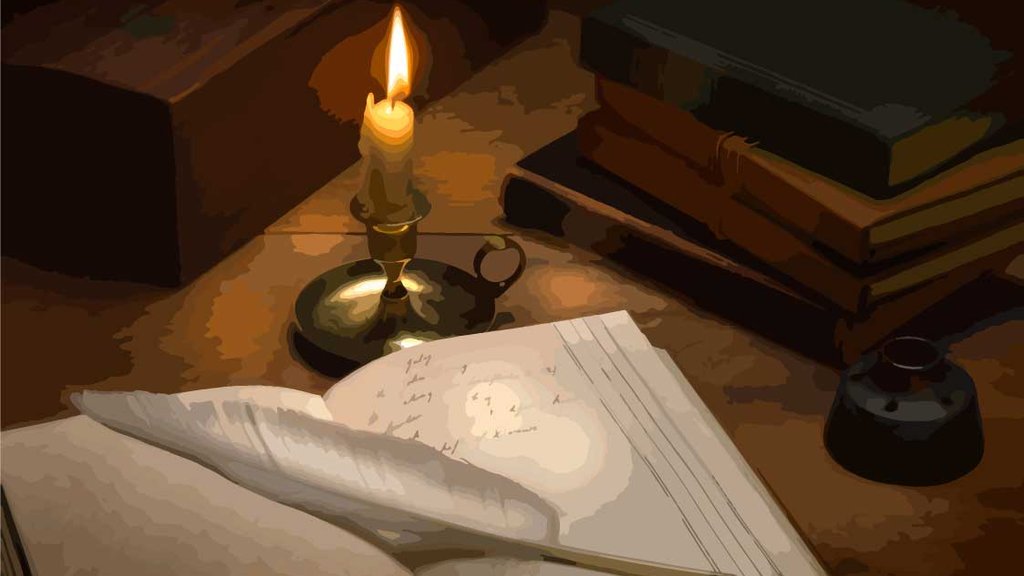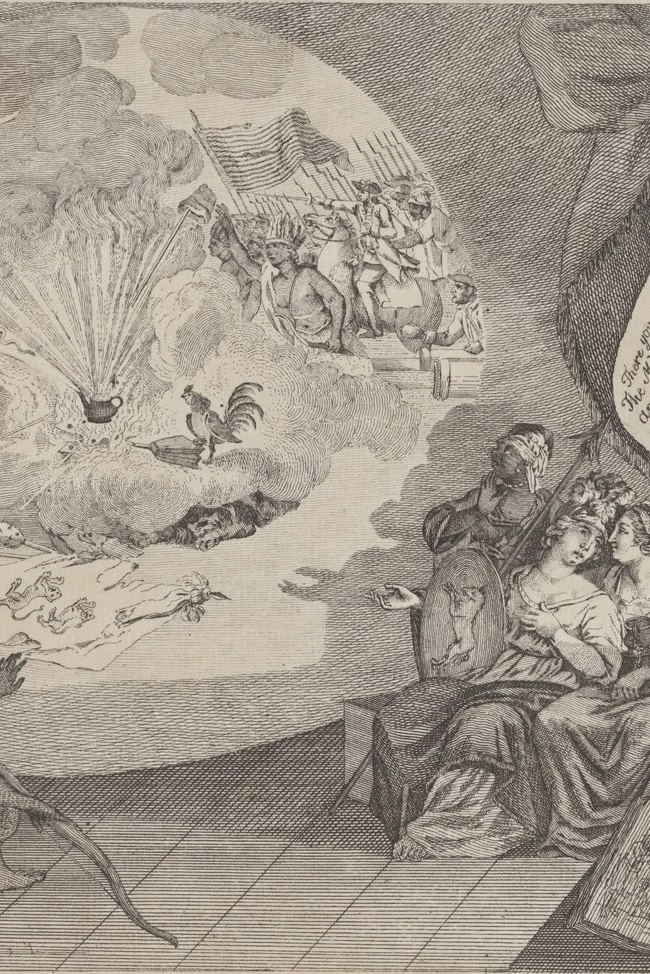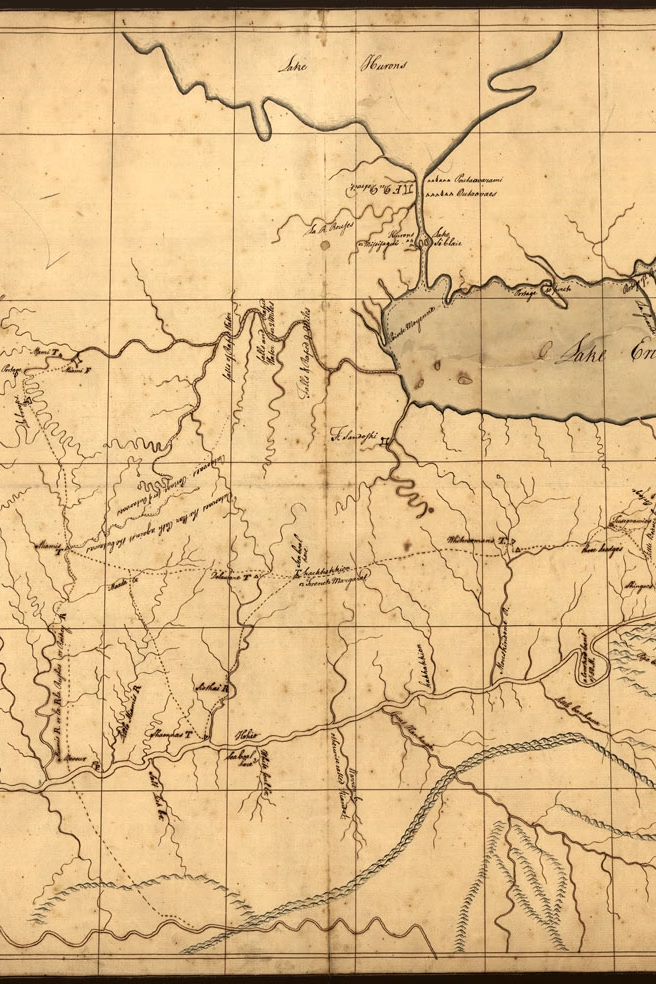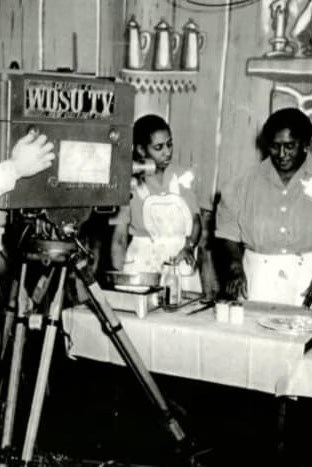Christmas stirs warm nostalgia on cold nights. Envisioning a simple, sentimental past, Americans have developed many misconceptions about the holiday’s beginnings in North America. Explore a dozen of the most common myths.
Colonial Controversies
In Virginia’s colonial capital, colonists competed for status, power, and resources. Williamsburg was a community of aspiration and contradiction. Through the controversies of the colonial era, it became a crucible of revolution. Learn more about the events and everyday stories of pre-revolutionary Williamsburg.
Explore Colonial Controversies
The Pilgrims stepped off the Mayflower searching for religious freedom. The Native people they encountered welcomed them and helped them survive. To celebrate their friendship, they sat down together to a Thanksgiving feast. Explore the traditional tale of the First Thanksgiving.
The buildings housing Virginia’s government in Jamestown, the previous capital city, burned down four times. Explore 18th-century fire safety and learn about the fire that destroyed Virginia's new Capitol building in Williamsburg in 1747.
While most enslaved people did not have their fate sealed within a lottery ball, their relationships were just as vulnerable to enslavers’ whims.
American colonists have been taxed by Parliament with duties associated with trade or commerce before, but the Stamp Act is different.
The Public Hospital was born out of a truly revolutionary idea for its time. Williamsburg’s Public Hospital (now Eastern State Hospital) admitted its first patients on October 12, 1773. The following timeline provides a reference for the history of Williamsburg’s Public Hospital.
Committees of correspondence have a long history in North America. This timeline highlights important events and activities in the history of what would become the revolutionary committees of correspondence system.
